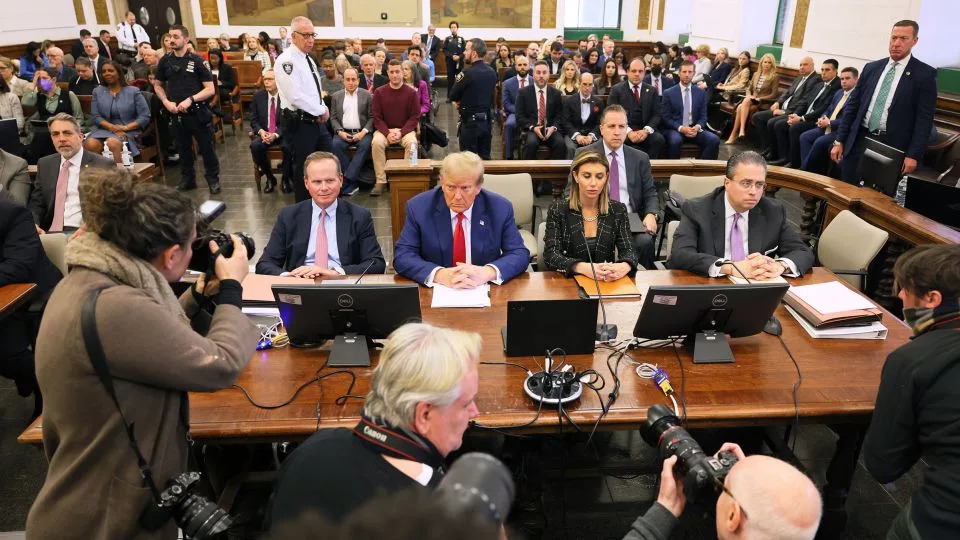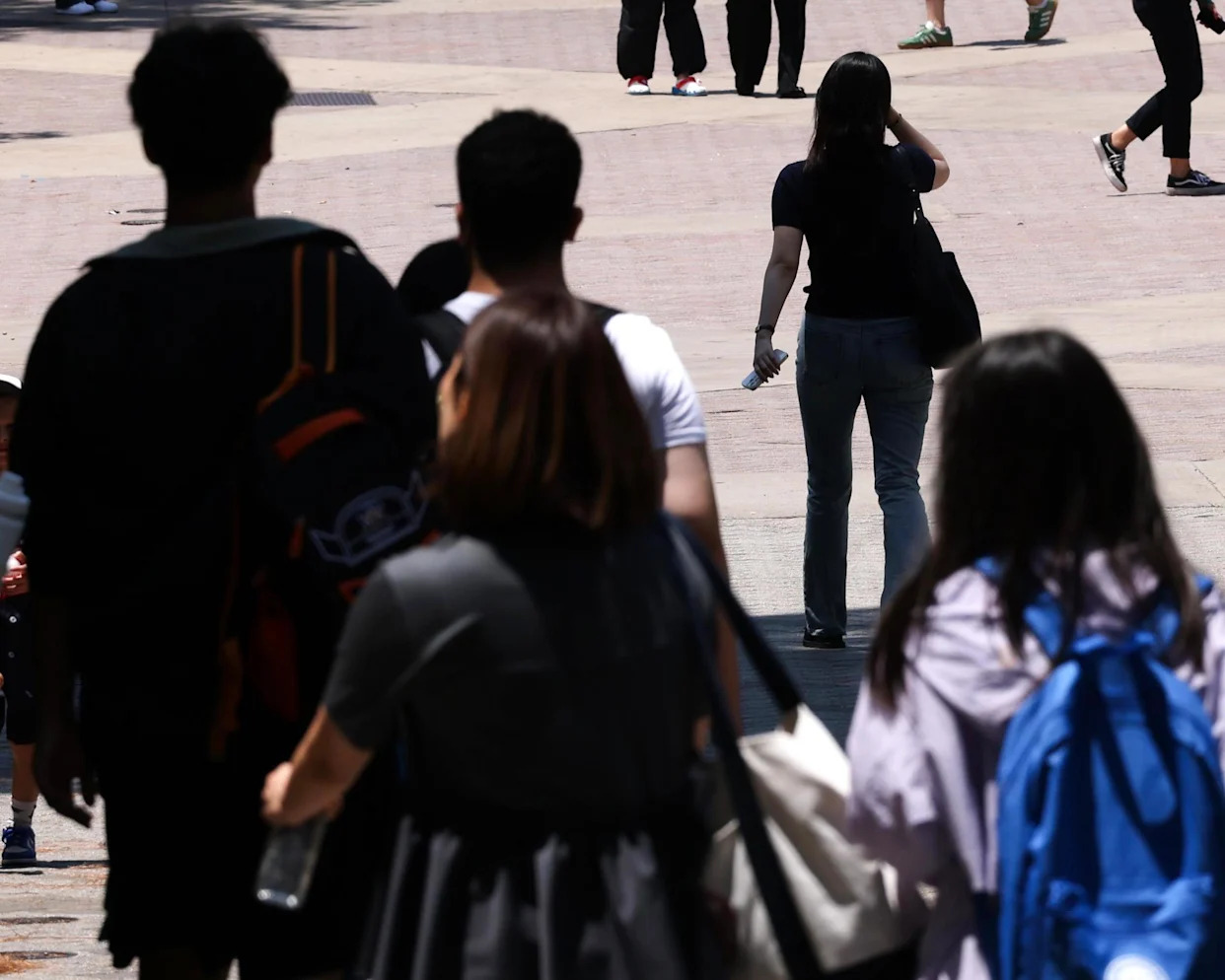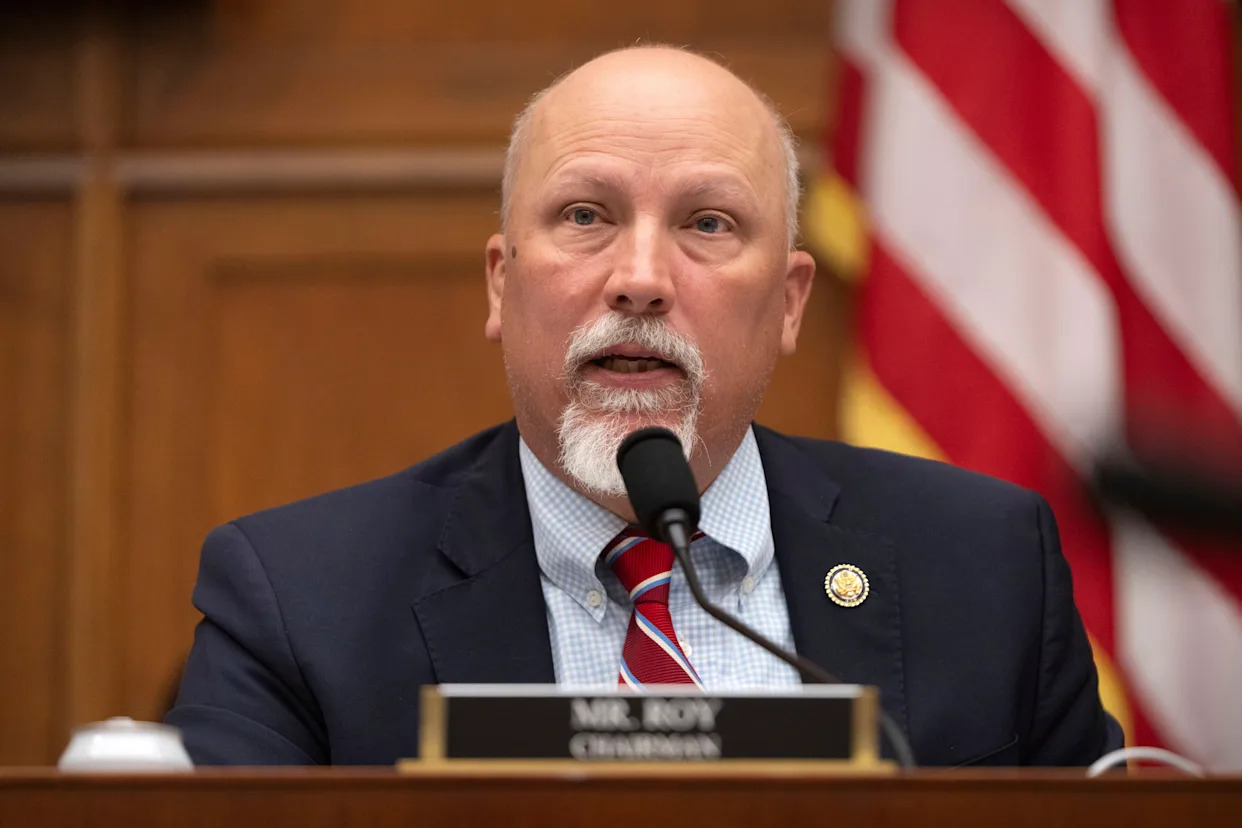
President Trump has plunged once more into the nation’s cultural wars — this time with Washington’s famous Smithsonian Institution in his sights.
As is often the case, the manner of Trump’s attack risks significant blowback, even as it delights his fans.
Specifically, in a social media blast about how “OUT OF CONTROL” the Smithsonian allegedly is, Trump contended that its exhibits were excessively focused on “how bad Slavery was.”
Whether that sentiment was clumsily phrased or fully intentional, it ignited a storm because of the implication that slavery was somehow not quite as bad as commonly portrayed.
California Gov. Gavin Newsom (D) — a potential 2028 presidential candidate who has adopted an ever more combative social media stance against Trump in recent weeks — contended that the president was “trying to ERASE slavery from U.S. history.”
Rep. Jim McGovern (D-Mass.) blasted Trump’s comment as “outrageous and un-American” and further argued, “If Trump thinks slavery wasn’t bad, he clearly needs to spend more time in a museum.”
Media commentators expressed their own criticisms.
CNN “Newsnight” anchor Abby Phillip began her show on Tuesday with a monologue in which she noted, “It’s important to say, objectively, slavery was indeed bad. It was evil — the nation’s original sin. And it is impossible to understand the true history of this country without fully grappling with slavery’s impact.”
It would be naive to imagine that one more Trump controversy will do anything to fundamentally change his political fortunes. Trump has peppered the national discourse with inflammatory remarks since he descended the Trump Tower escalator to launch his first campaign a decade ago, accusing Mexico of sending “rapists” across the southern border.
Still, his propensity to ignite new fights, often on some of the most sensitive issues of American life, surely contributes to popularity ratings that are, overall, mediocre — despite the ferocious loyalty of his base.
Even as his supporters laud the changes he has wrought in the first seven months of his second term, recent polls have shown most Americans disapproving of his job performance.
A recent Ipsos/Reuters poll put Trump 14 points underwater, with 54 percent of survey respondents disapproving and 40 percent approving. An Economist/YouGov poll indicated his net rating was even worse, 16 points in the negative.
Trump’s ratings when it comes to personal attributes also reflect broad distaste for his approach. A second Economist poll earlier this month asked Americans if they liked Trump as a person, regardless of whether or not they agree with his policies.
Just 33 percent of respondents said they liked him. Forty-eight percent said they disliked him — including almost 1 in 5 self-described conservatives.
That being said, there is obviously a political market for what Trump is selling, especially among culturally conservative Americans who feel alienated by society’s liberal shifts in recent decades.
He notably placed his attack on the Smithsonian within the framework of the institution allegedly being excessively “woke”— and insufficiently patriotic.
Despite the nebulousness over what “wokeness” actually is, Trump has used similar charges against leading universities. Those attacks have drawn much media comment, but it’s unclear they have sparked commensurate public outrage. A number of elite institutions have sought some form of accommodation with him.
In Trump’s case, it’s also often hard to distinguish between “culture war” rhetoric and substantive policy. The former seems to drive the latter in his case, to an unusual extent.
There are subjects on which this plays to his political advantage — the most obvious being immigration, where he has spoken frequently about an “invasion” that can only be repelled by his hawkish policies.
During last year’s election campaign, immigration was consistently Trump’s strongest issue — a finding that suggests his language on the issue resonates widely, even as it appalls critics.
He has, more recently, used similarly emotive language as he seeks to justify his deployment of the National Guard and other federal law enforcement agencies in Washington, D.C., as well as his takeover of the city’s police department.
In that instance, Trump has contended that “the Democrat Government of D.C. has largely stopped investigating, arresting, and prosecuting most crime,” and has spoken of a crime emergency, despite declining violent crime rates.
He has also promised that his law enforcement takeover will result in the District of Columbia being “LIBERATED” from “Crime, Savagery, Filth and Scum.”
In this case, however, his words have rung hollow for the vast majority of residents of the District.
A Washington Post-Schar School poll of D.C. residents published on Wednesday found 79 percent of those surveyed oppose his federal takeover of the police and his deployment of the guard and FBI.
It is, of course, arguable whether Trump’s language and actions in relation to Washington are really aimed at meeting the needs of the strongly Democratic city — or about playing to his base in the heartlands by casting the capital in a negative and quasi-subversive light.
In the end, there is no plausible possibility that Trump will back off the culture war fights that he has embraced for so long.
He can argue that approach has brought him this far — even as it has also fueled the intensity of the opposition to him.
The Memo is a reported column by Niall Stanage.
Copyright 2025 Nexstar Media, Inc. All rights reserved. This material may not be published, broadcast, rewritten, or redistributed.
For the latest news, weather, sports, and streaming video, head to The Hill.




Comments